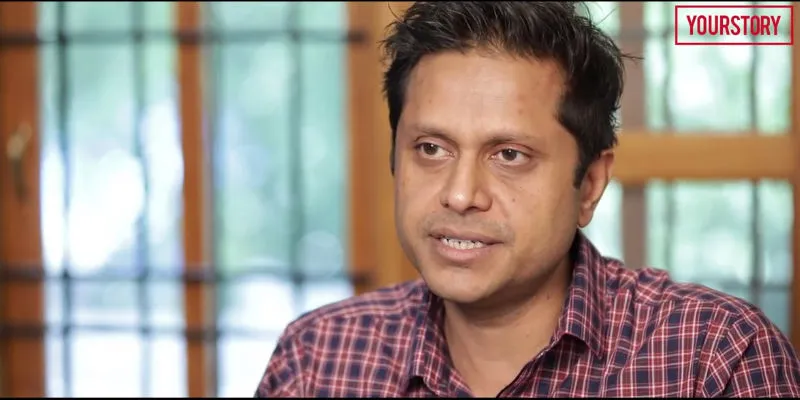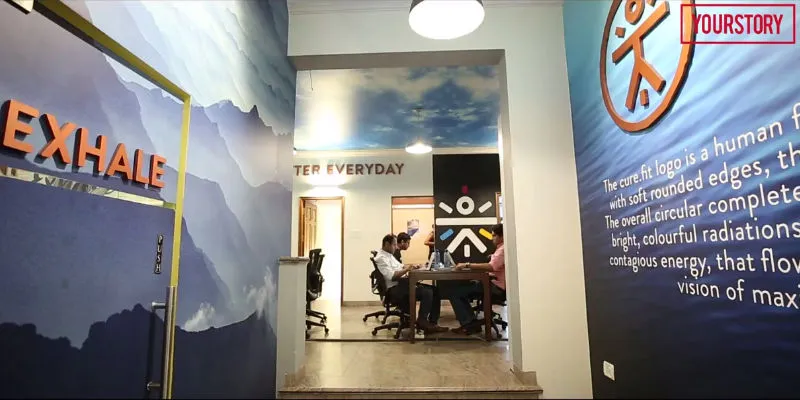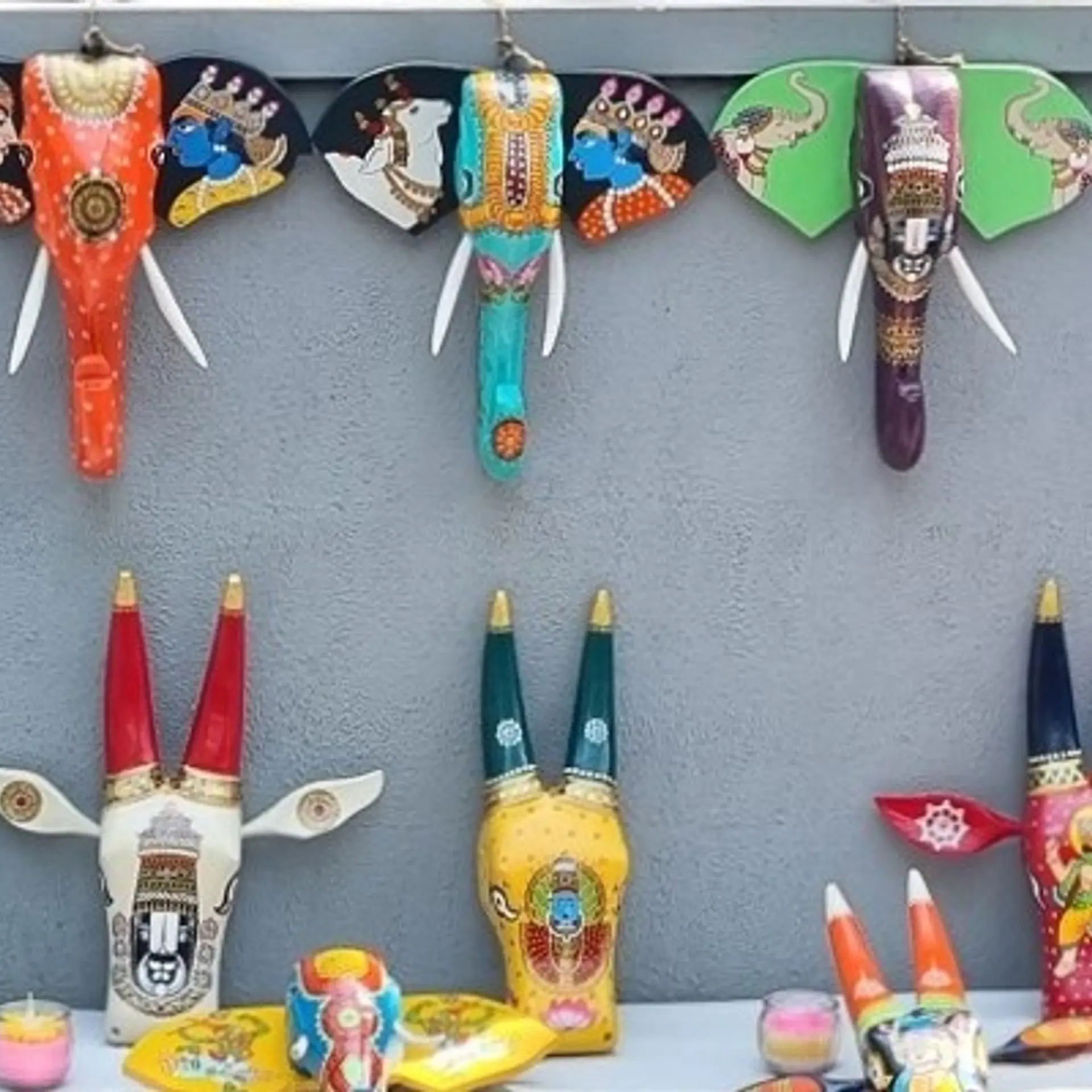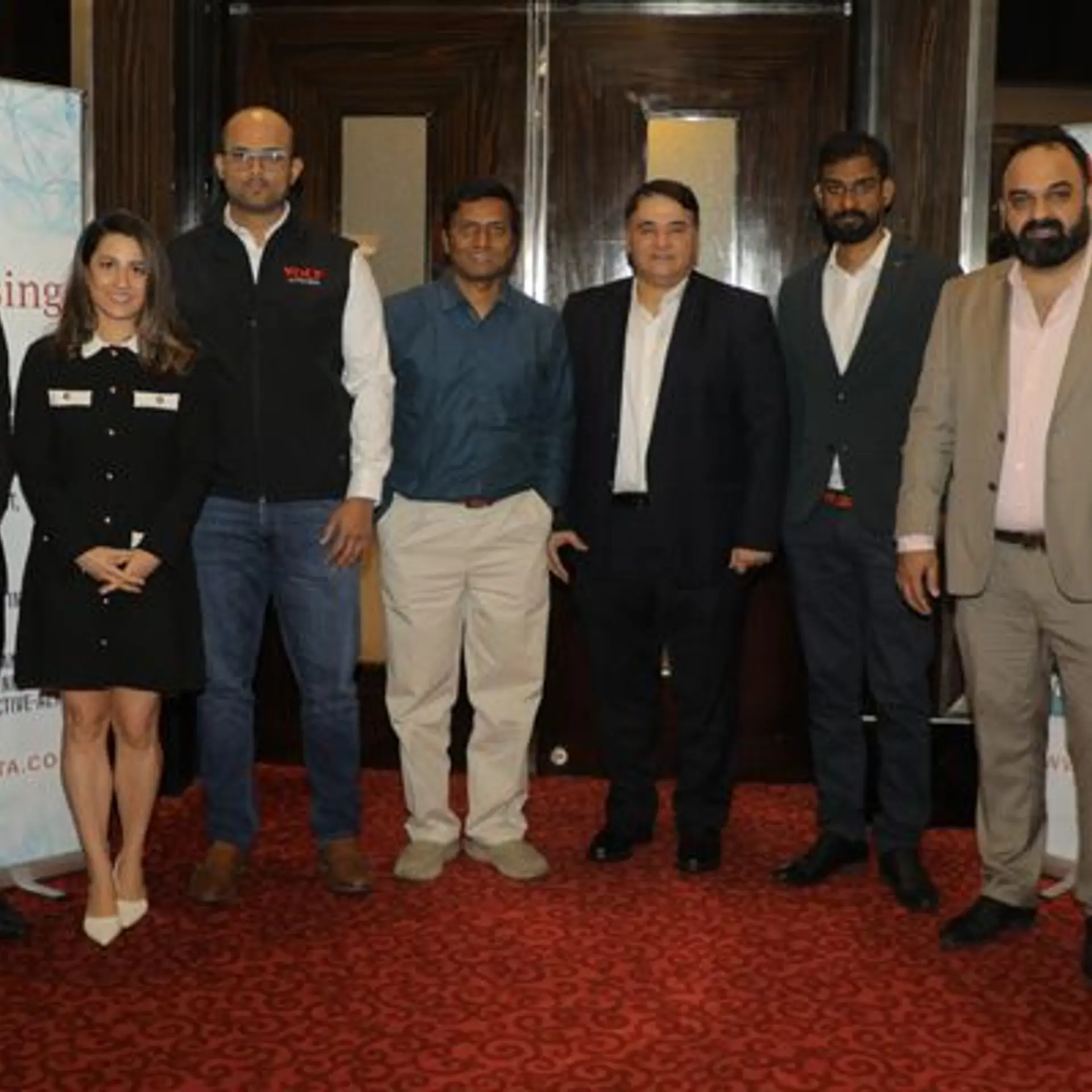How Cure.fit is helping India get healthy with just a single app
Cure.fit, Mukesh Bansal’s and Ankit Nagori’s two-year-old venture, is using technology to conquer the world of health and wellness.
“At Cure.fit, we're trying to make it super-easy for people to lead a healthy lifestyle across food, physical fitness, mental well-being and primary healthcare through one single platform,” says company Co-founder Mukesh Bansal.

The platform he’s so passionate about is one that intelligently integrates four verticals that work together to ensure the holistic well-being of their users: physical fitness via Cult.fit, mental well-being via Mind.fit, and healthy eating via Eat.fit; in the works is Care.fit, which will soon provide personalised healthcare solutions.
What differentiates Cure.fit from other players in the market is that it drives its preventive healthcare philosophy through engagement, coaching and delivery, using a combination of online and offline channels. All this is made possible through complex technology and uncompromised customer service.
The (intelligent) tech behind it all
While the app serves as a gateway to its services, what happens behind the scenes is nothing short of fascinating. Talk to anyone at Cure.fit and they’ll tell you how the company is leveraging technology to not just solve problems but to also ensure timely and efficient execution, as well as customer delight. Says Ankit Gupta, Engineering Lead at Cure.fit, “There’s plenty of intelligence going into every aspect of the app.”
At Eat.fit, for instance, demand prediction for orders, menu programming and food delivery management are all machine-driven. The team implements complex technology developed in-house, which allocates an optimal number of orders to its transport fleet to ensure on-time delivery.
Demand prediction for orders has been machine-driven right from the beginning, with a huge number of data points being analysed to correctly predict meal order patterns among users. These data points cover the choice of cuisine, time and type of meal. (Indian, Western and Fusion) across four meals a day (breakfast, lunch, snacks and dinner), each with vegetarian and non-vegetarian options and different meal types such as high-protein or high-carb, etc.
Menu programming, too, remains untouched by potential human folly. The algorithmic menu programming analyses several layers of data to create menus that offer variety through the week across nutritionally balanced meals. It carefully takes into account: macro and micro nutrients in food ingredients, portion sizes, pairing of food items, popularity of dishes, etc. The algorithm also ensures that dishes are not repeated very frequently.
Over at Cult.fit and Mind.fit too, day-to-day operations are completely machine-driven, be it scheduling classes or allocating trainers for 400 classes every single day in 10 different exercise formats across 40 different centres in three cities (Bengaluru, New Delhi, Gurugram). They go one step further to even plan what sub-routines and steps are conducted at which stage of every hour-long class. Customer feedback on routines is collected via the app and analysed to ensure that unpopular routines are weeded out at the earliest. Trainers have an app of their own, which tracks preferences, class schedules, workouts, their trainings and ratings based on customer feedback.
The selection of the location for a new Cult.fit centre too is machine-driven – it analyses several hundred data points, including the type of locality, width of the approach road to the centre, other facilities available in the neighbourhood, etc., all of which have been developed in-house.
As Nitin Agarwal, Engineering Lead, pointed out recently at YourStory’s Future of Work conference,
"We mine over 600,000 data points to come up with the schedule of just one Cult.fit centre!"
More tech, please
As an organisation, Cure.fit has always focused on developing and expanding the offerings made by the app as much as possible. When they started experimenting with the app a year back, the team started with only three engineers. While they were eager to get the concept of a single app for multiple verticals off the ground, it was essential that they balance pace with quality. This was reflected in their choice of using React Native, which allows one to build apps using just JavaScript. It also allows hot deployment of code without affecting performance, takes away most memory leak problems and makes it easier to add new features.
Says Kunal Chourasia, Engineering Lead at Cure.fit, “From our experience, we’ve been at least 2x faster in terms of development. React Native also comes with a faster deployment time, something that most startups need.” Stack homogeneity also helps them maximise productivity.
Another reflection of its focus on balancing pace and quality is Cure.fit’s belief that most services and technical frameworks should ideally have the same backbone. “It’s not about having the same tech stack throughout, but having a strong default option instead,” explained Ankit at the Future of Work conference.
Stack homogeneity also helps them maximise productivity. Switching projects becomes easier, it helps guard against low productivity periods like learning curves, and also cuts additional overheads that every new piece of infrastructure adds.
Another best practice that Cure.fit follows is to use existing solutions wherever possible, instead of reinventing the wheel when it comes to hot code deployment, push notifications and managing web and mobile media assets. “It’s all about using the right resources for your product,” explains Ankit.
The freedom to experiment
In a company that thrives on innovation, experimentation is highly encouraged. Cure.fit’s rapid expansion and growing success can also be attributed to the culture of being open-minded during the course of developing the app. They stand true to the saying that “everything you do is an experiment. If you can conceptualise your work not as building features, not as launching campaigns, but as running experiments, you can get a lot more done with less effort.”
Not surprising then, that the engineering team at Cure.fit includes people who have previously worked with the likes of Google, Walmart Labs, Amazon, Myntra and Flipkart, among others.

What’s next?
Cure.fit offers both digital and offline fulfilment and customers can choose based on their convenience and liking. This culture of innovation and Cure.fit’s commitment to help its users lead a healthy lifestyle also extends to what customers can do on their own with the help of the app. The Cure.fit app provides Do It Yourself (DIY) content such as workout videos and meditation sessions that users can download and follow in the convenience of their home.
Cure.fit is currently working on wearable tech and a range of smart health devices to incorporate continuous health improvement tracking. The upcoming launch of the Care.fit vertical will expand the range of health and wellness offerings from Cure.fit to include medical diagnosis (at the centres and at home), consultation with doctors at clinics and over the phone (tele-medicine), treatment, and delivery of medicines.
“The idea is to become an AI-powered solution that actually manages your health goal,” explains Ankit Gupta, adding:
“We are waiting for the day when the app will behave like a human expert (without having (a human) at the backend). It will first find out about your (health) issues and health goals and then guide you on how you can achieve it.”
Mukesh is clear about what they have set out to do. “Over the next 10 years … we can impact over 100 million people in the country,” he says. The gift of good health is just an app download away. An app that’s being constantly refined by professionals who are equally passionate about what they develop, as well as health and wellness.







